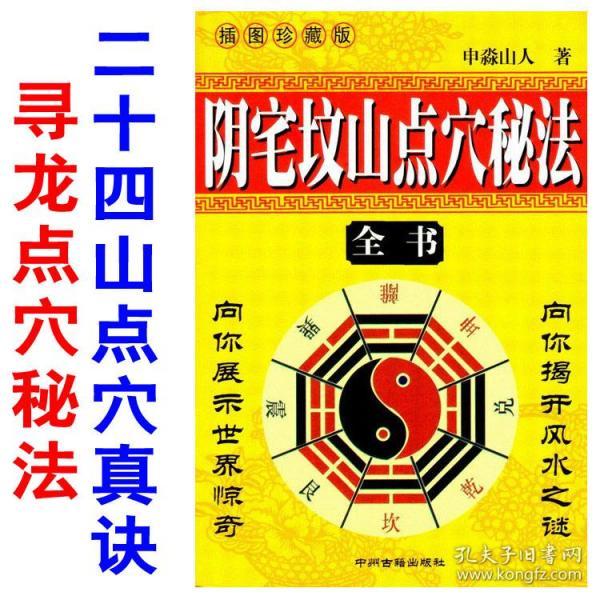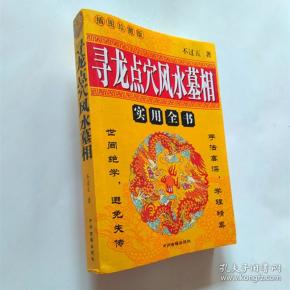In "Ghost Blowing the Lamp", Hu Bayi's gold-touching theory comes from half of the "Sixteen-Character Yin-Yang Feng Shui Secret Technique". It is said that this book was written by Zhang Sanlianzi, a master of gold-touching in the Qing Dynasty.

Is there really this "Sixteen-Character Yin-Yang Feng Shui Secret Technique" written by Captain Mo Jin in the world? Unfortunately, as I have said in advance, the Captain Touching Gold in the novel is a fictional setting, so "Sixteen-Character Yin-Yang Feng Shui Secret Technique" was naturally made up by the author out of thin air, and even similar books do not exist. , there has never been such a book in the world, and there is absolutely no legend of this sixteen-character Feng Shui. However, there is a legend of a sixteen-character fortune teller, but it is far from Feng Shui. I will briefly talk about it here.

It is said that in the past, there was a wealthy family named Wang. There was a rich lady in the family. One year, he traveled to a deserted garden and picked up a branch of grain. The grain was so fresh that it grew from the bones of a dead person under the ground. Only one very plump grain was produced, which smelled fragrant. Miss Wang didn't know what she was thinking at the time, but she actually ate the grain. After she returned home, she suddenly felt pregnant and gave birth to a son in ten months. Since the child had no father, he had to take his mother's surname of Wang Chan. When he became an adult, he went to the mountains to learn Taoism. He named himself Guiguzi. He could know the past and the future. Later generations called him Wang Chan Patriarch. This man could not only predict the cause and effect of all things, It can also calculate the changes of the sun, moon and stars, which can be said to be known five hundred years in advance and five hundred years in hindsight. Usually fortune tellers tell people's fortunes by assigning eight characters, but Guiguzi assigns sixteen characters, so he got another nickname: "Sixteen Characters Fortune Teller" Yin Yang Feng Shui Master , but Guiguzi's fortune telling chart has not been handed down, and this story is only among the folk. A popular legend.

The real Guiguzi did exist. He was active in the Warring States Period, and his surname was Wang, but his name was unknown. Because he lived in Guigu, he was called Guigu Teacher. Famous figures of the Warring States Period, Zhang Yi and Su Qin, both studied under Guiguzi and learned the art of Zongheng, and were proficient in physiognomy and the art of war. Sun Bin, the most outstanding military strategist in Chinese history, was also a disciple of Teacher Guigu. Teacher Guigu traveled around the world and made countless achievements during his lifetime. Hundreds of years later, I don’t know where it ends. There is another legend that is closer to a myth: Teacher Guigu is famous for his fame and fortune, or he is called Xuanweizi. He is also a teacher of the Qin and Han Dynasties. He has a close relationship with Zhenjun Erlang, ranks among the immortals, and is regarded as the ancestor of Wang Chan. . Among the paintings about him that have been circulated in later generations, the most famous is the blue and white porcelain jar known as the "Ghost Valley Down the Mountain", which is known as China's most valuable porcelain in the world. This priceless Yuan Dynasty porcelain jar is now lost in the United States. The teacher Guigu in the "Picture of Guigu Descending the Mountain" has a kind appearance, just like the Yin Yang Feng Shui Master who rode down the mountain in a two-tiger chariot said in the Yuan Dynasty. In fact, the chariot was pulled by a tiger and a leopard. This shows that he is different from other Taoist, Buddhist and lay people. The unique and noble character is awe-inspiring.
